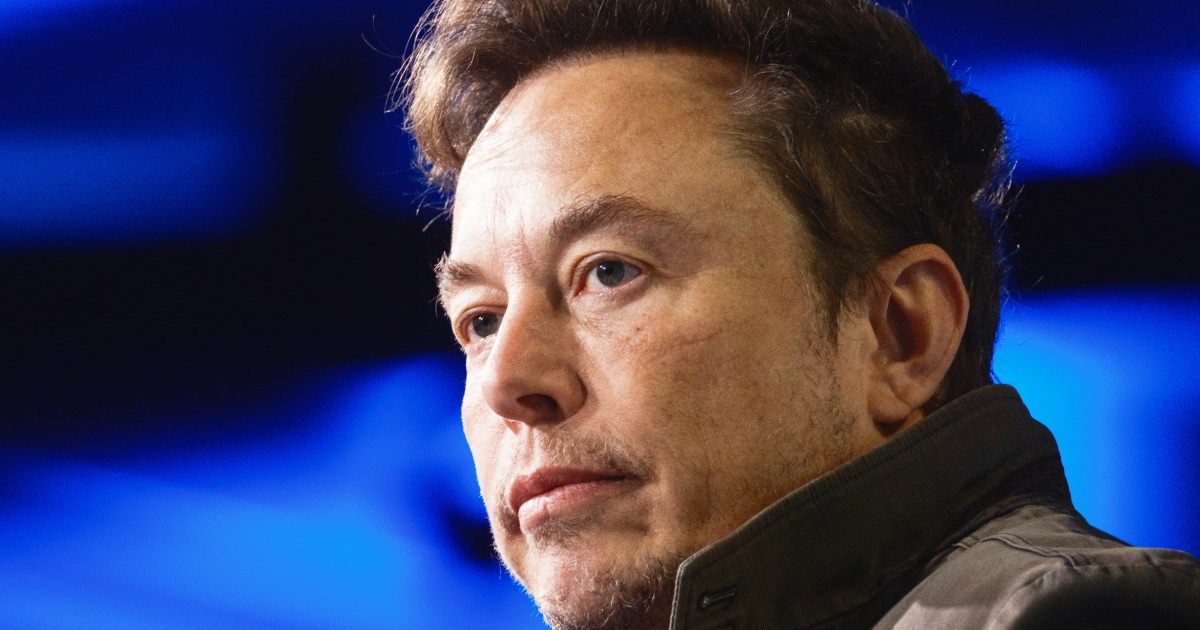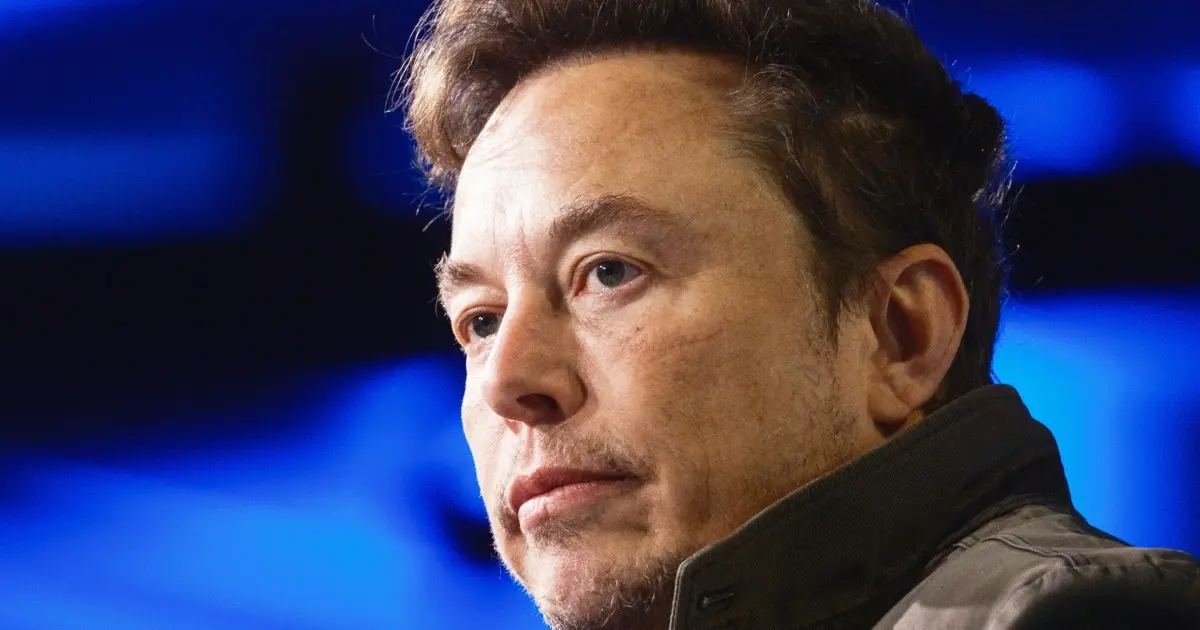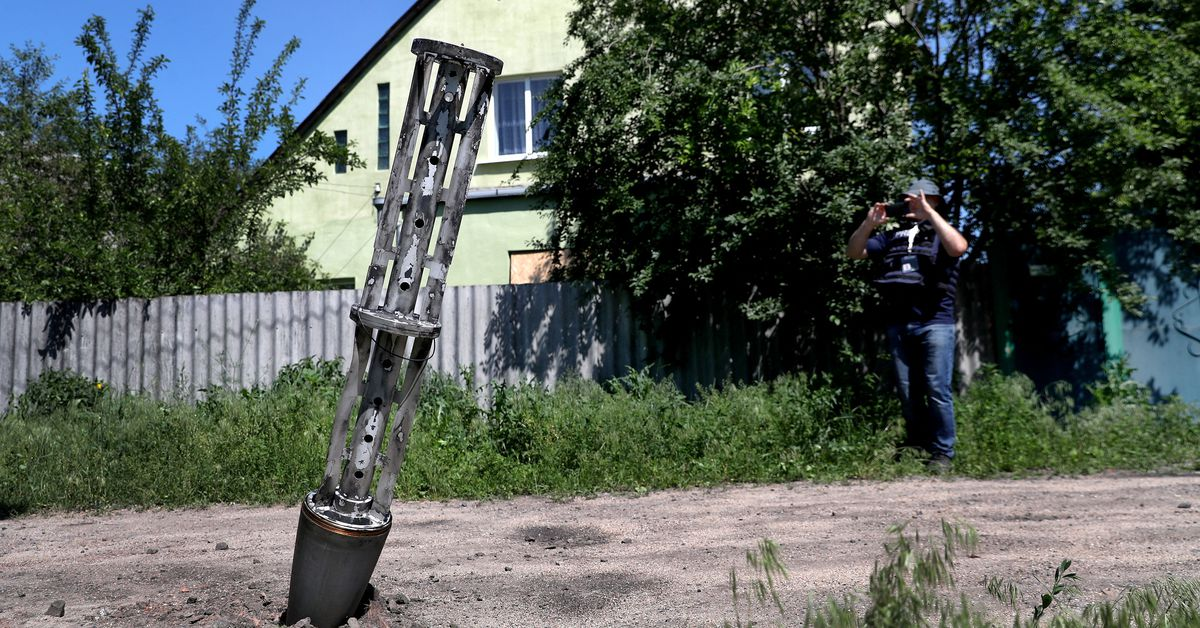

When I was a young man, I worked in the call center of a telecommunications giant. We provided customer support for television, including some technical assistance like helping an elder find the source button on their remote. We had strict QoS rules, and my supervisor told us that this was mandated by the CRTC. We answered most phone calls within 30s, and a hold time over 2m was an emergency. We had screens all over the office where we could watch our queue and, although it was extremely rarely used, a system of overflow call centres to switch on to in the case of a truly wicked rush.
That all went out the window. Now, the job consists of trying to end the call as soon as possible because the new metric is not how long your customer waited to speak to you, but how much of the company’s money they burned wasting its time with their question.






























I don’t know. That was a long time ago.